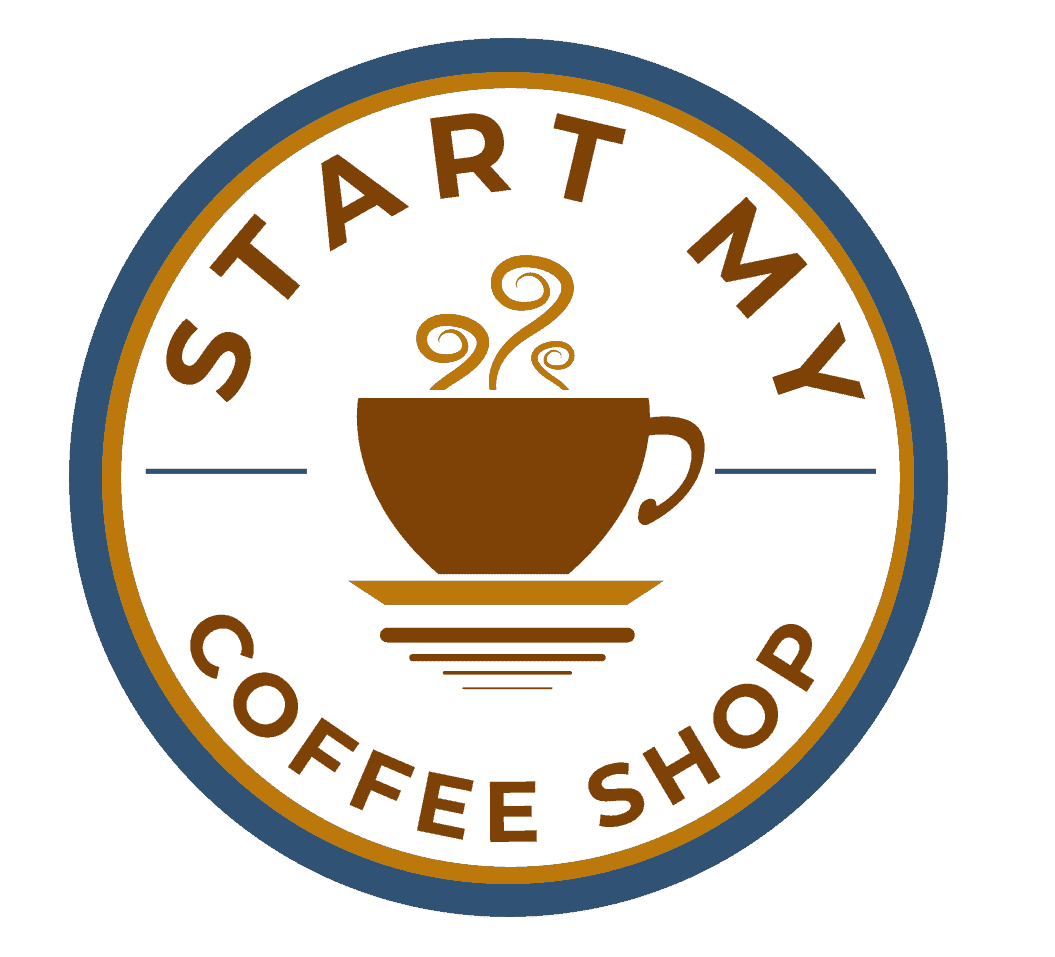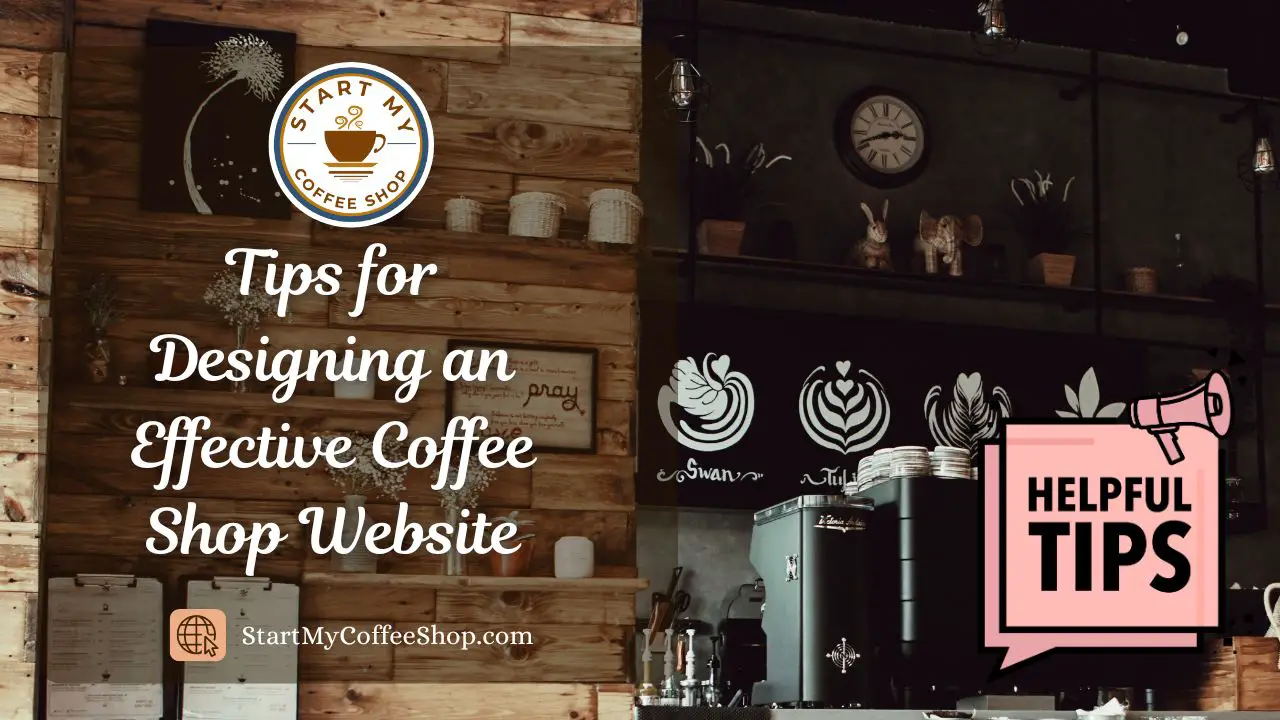Creating a menu is probably one of the creative and fun parts of starting your coffee shop or café business. However, pricing your menu items can be an intimidating task. Many coffee shop owners find themselves putting off this task and working with roughly estimated pricing in the meantime. Pricing your coffee drinks is intimidating because you don’t know how your customers will respond to your prices. Will it drive them away or make your coffee shop or café a hot spot?
To price your coffee drinks right, you need to have a firm knowledge of your running costs and your value as a business. Here are some factors you need to consider to know the true worth of your coffee drinks:
- Competition
- Location
- Target market
- Customer Service
- Perceived quality
- Actual expenses
Competition
It is important that you study your competition and find out on a periodic basis, what they are up to. For pricing, it isn’t any different. While you shouldn’t base your pricing entirely on what your competitors charge for coffee drinks (it’s why there are other factors), this can give you important insights into your market and the value of your products. Weigh their pricing against their unique selling points to get an understanding of what is expected from your business.
By studying your competition, you can know what range of prices customers are willing to spend on coffee drinks. You can then decide to either charge a lower part of the range or the higher values based on the uniqueness of your business.
If you decide to charge higher than your competition, make sure it is a result of an added value that they are not offering. Be sure to make this value known to your customers so that they can justify their spending.
Location

The area where your business is located is a strong determinant in the pricing of your coffee drinks. If your coffee shop or café is located in an affluent area with people who naturally demand quality, you may not get any raised eyebrows for pricing your coffee at a high price. Charging low prices in these kinds of areas to attract customers may result in the exact opposite. This is because your business will be likely considered of lower quality when compared with the competition. Whatever you do, make sure that you are either keeping up with or exceeding the quality of your competitor’s offer.
If you are located in a less affluent area, you don’t want to charge too high so that people don’t see your business as overboard.
Note that though your location may determine your pricing, it doesn’t necessarily determine your bottom line. It is possible to be located in a less affluent area, price your coffee drinks reasonably, and have more foot traffic. Your foot traffic may bring you a better bottom line than a coffee shop in an affluent area with little foot traffic.
Target market
Know your ideal customer. Your pricing is largely dependent on how much your customers are willing to pay for a cup of coffee. Ask yourself questions like: What kind of experience do my customers expect from a coffee shop or café? Look around your coffee shop and note who your predominant customers are. What a retiree expects from a coffee shop is different from what a college student might want.
After identifying who your ideal customers are, find out what they are willing to pay for the experience your coffee shop gives them. If you are not already providing these experiences to a good degree, consider upgrading your services to make sure it’s worth it for your customers. For example, fixing wall sockets in your shop or providing free wi-fi if your predominant customers are college students or you’re looking to attract them.
Customer Service
The level of comfort you give your customers in terms of service directly contributes to the worth of your menu items. Do you have efficient ways of attending to orders without the hassle of a long queue? How fast is your delivery to online customers? Do you take care to build relationships with your regulars? Are you always actively looking for ways to improve your offerings based on customer feedback?
If you can boast of excellent customer service and your customers can attest to it, it should reflect in the prices of your products.
Actual expenses

Calculate the actual costs that go into making your products. Some coffee shop and café owners make the mistake of calculating food costs alone. Don’t forget that your overhead costs equally contribute to your running costs.
Food costs: These are variable expenses. They include the price of ingredients such as milk, coffee beans, flavoring, etc. and supplies such as paper cups and lids, stirrers, serviette paper, etc. Do a breakdown of each menu item by ingredients and cost of supply. Calculate the cost for each one based on the order size. Find the sum of these costs and add your desired profit margin to each menu item to arrive at an estimated price. You can further tweak this estimate after considering other factors that also determine to price. Typically, coffee shop and café owners have their cost of ingredients to be 20-30% of the price of their coffee drinks.
Overhead costs: These are fixed costs and are easily overlooked by most coffee shop and café owners. They affect your bottom line and should be factored into your pricing directly or indirectly. Your profit margin on each cup of coffee you sell is not entirely profit. This is because you still have to pay for rent, utilities, equipment repair and maintenance, and other overhead costs. If this cost is not well accounted for in your pricing, you may realize at the end of the month or year that you have either made little profit, or you have been running at a loss.
While you may not be able to distribute these costs per menu item, you can calculate it on an average margin basis.
Overall, know your various costs before you assign prices to your coffee drinks.
To learn more about how many cups a coffee a shop sells a day, click here.
Perceived quality
After considering all the factors above, your customers’ perceived quality of your services remain the topmost factor in pricing your coffee drinks. Customers don’t pay for a cup of coffee, they pay for an experience. Therefore, it’s not about your costs, but the value you provide to your customers. You may communicate this value through your customer service, the identity you have built around your coffee shop or café, your menu items, or other aspects of your business. This value is the unique selling point that differentiates your business from the competition.
Also, note that seemingly ordinary parts of your coffee shop that are not directly related to your products can also affect the perceived quality of your services. For example, customers are likely to perceive a coffee shop with paint peeling off its walls to be of lesser quality than one with fresh paint. In the same way, a café that always has food crumbs on its tables from previous customers when new customers are around will also be perceived to be of lesser quality.
As long as you are able to assure your customers that your products are worth the price, you’ll always get them to agree to it.
Coming up with a pricing structure has a lot to do with your customers. Study your competition, know your area and target market to get an idea of what price range is appropriate. Calculate your expenses, understand your brand and how your customers perceive your services and be willing to adjust your pricing accordingly.
Frequently Asked Questions
If you want to be the most expensive coffee shop in your area, make sure you are offering value to justify it. For example, offering a higher quality of drinks, special food items, or better experience than your competitors. Emphasize these values in your marketing campaigns, so that your customers are aware of the reasons behind your pricing.
If you don’t want to increase the price of your coffee drinks, consider looking for ways to make your customers spend more at each sale. Get them to buy more products by introducing incentives like discounts, offering specialty coffee drinks, or introducing new marketing strategies into your business to better communicate your unique selling points. You can also think of other services you can offer to attract more customers to buy your coffee drinks.
Customers are not as averse to price adjustments as you probably think. Consider introducing price adjustments gradually throughout the year instead of increasing it at once. You can also increase prices for certain items on your menu while leaving the others at the same price. You can support changes in pricing by reminding your customers of the added value that come with your services.
To learn more on how to start your own coffee shop checkout my startup documents here
Please note: This blog post is for educational purposes only and does not constitute legal advice. Please consult a legal expert to address your specific needs.

Hi! I’m Shawn Chun
My adventure in coffee began when I first launched my first coffee shop back in the early 2000s. I had to figure out so many things on my own and to make it worse within 2 years of opening two large corporate coffee chains moved in just blocks away from me!
As I saw smaller and even some larger coffee shops in the neighborhood slowly lose customers to these giant coffee chains and slowly close up shop, I knew that I had to start getting creative…or go out of business.
I (like you may be) knew the coffee industry well. I could make the best latte art around and the foam on my caps was the fluffiest you have ever seen. I even had the best state-of-the-art 2 group digital Nuova Simonelli machine money could buy. But I knew that these things alone would not be enough to lure customers away from the name brand established coffee shops.
Eventually, through lots of trial and error as well as perseverance and creativity I did find a way to not only survive but also thrive in the coffee/espresso industry even while those corporate coffee chains stayed put. During those years I learned to adapt and always faced new challenges. It was not always easy, however, in the end, I was the sole survivor independent coffee shop within a 10-mile radius of my location. Just two corporate coffee chains and I were left after that year. All told the corporate coffee chains took down over 15 small independent coffee shops and kiosks and I was the last one standing and thriving.
Along the years I meet others with the same passion for coffee and I quickly learned that it is not only “how good a barista is” that makes a coffee shop successful, but the business side of coffee as well.
Hence why I started this website you are on now. To provide the tools and resources for up and coming coffee shop owners to gain that vital insight and knowledge on how to start a coffee shop successfully.
Stick around, browse through my helpful blog and resources and enjoy your stay! With lots of LATTE LOVE!
Shawn






